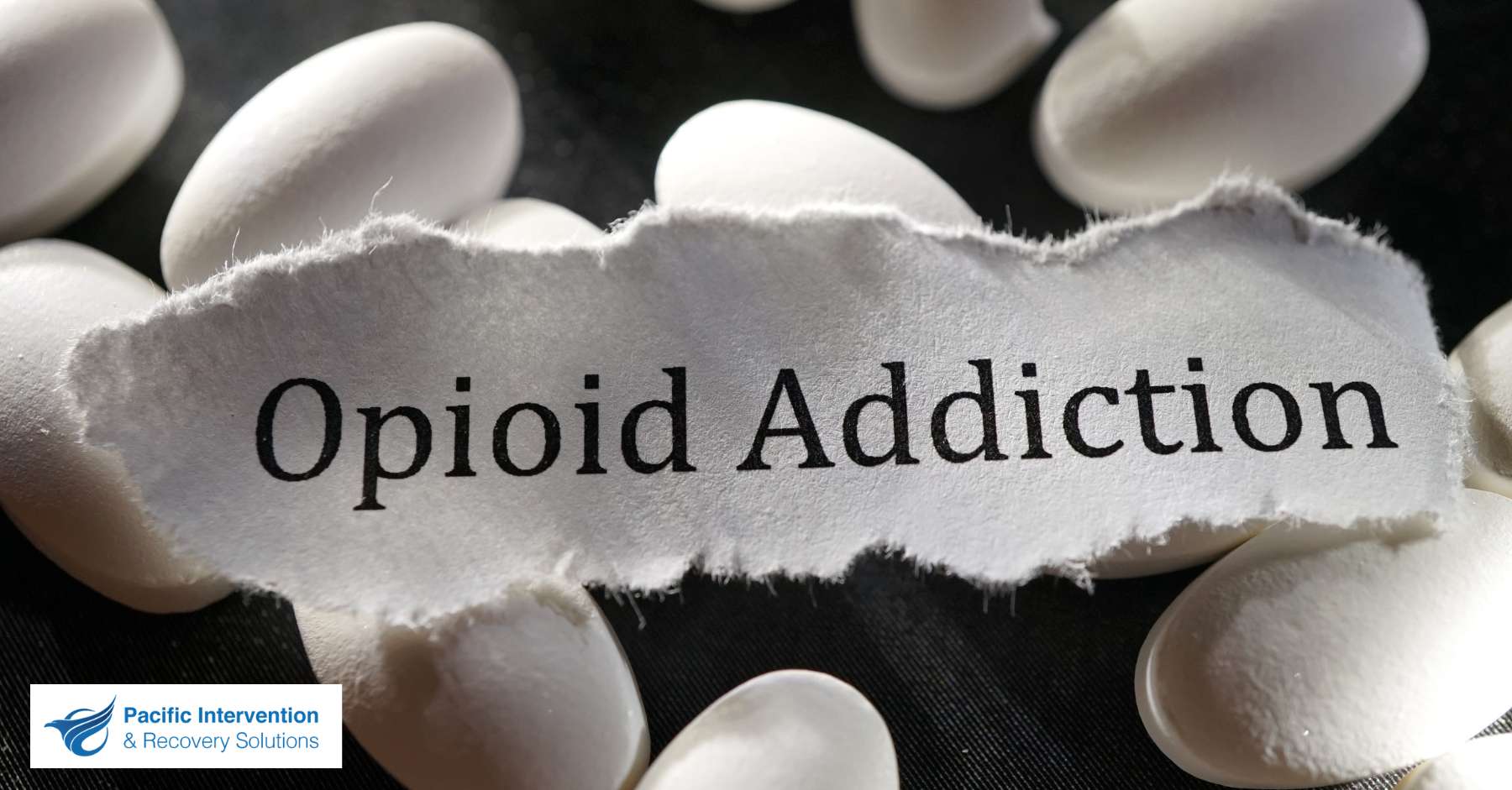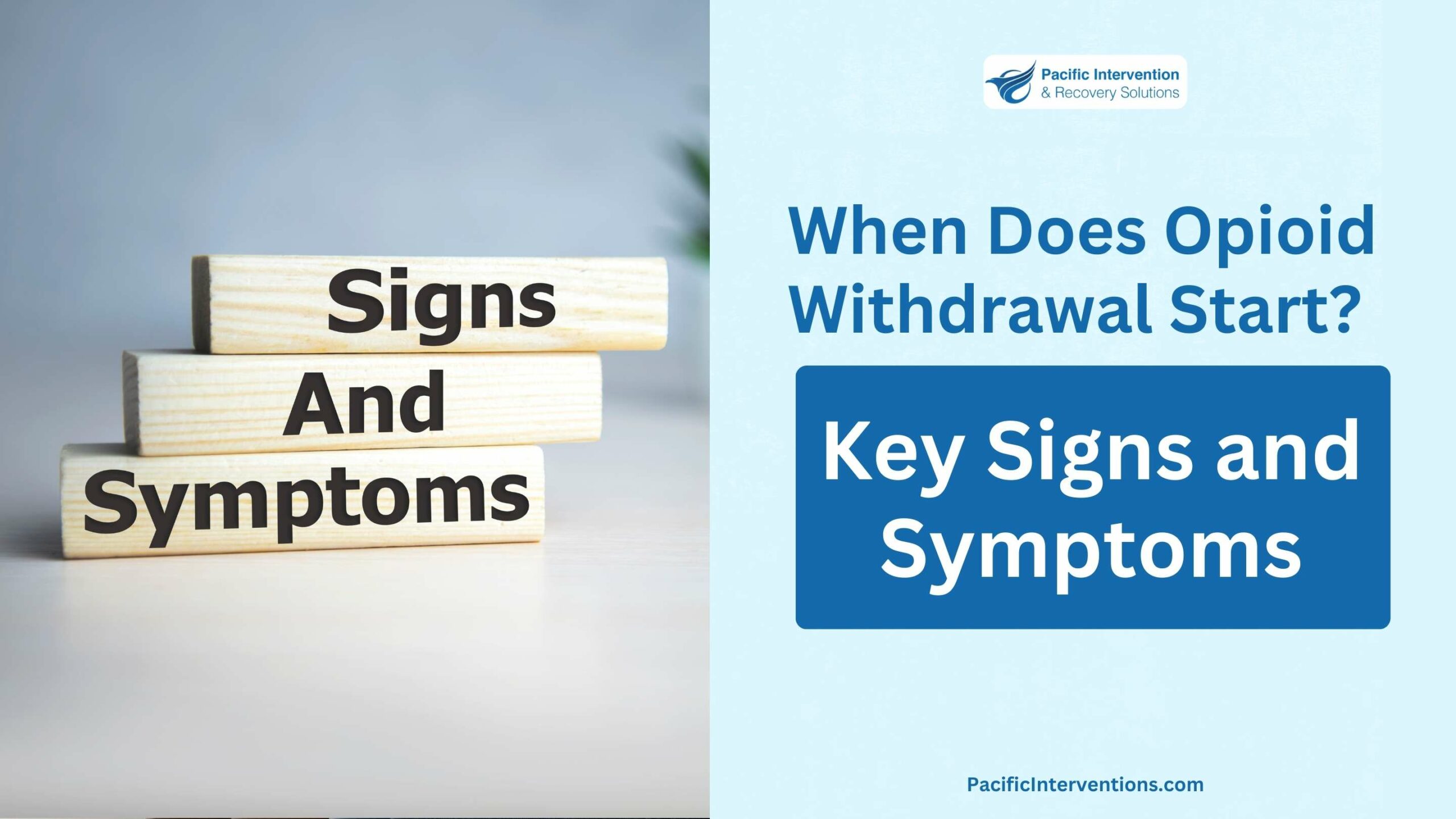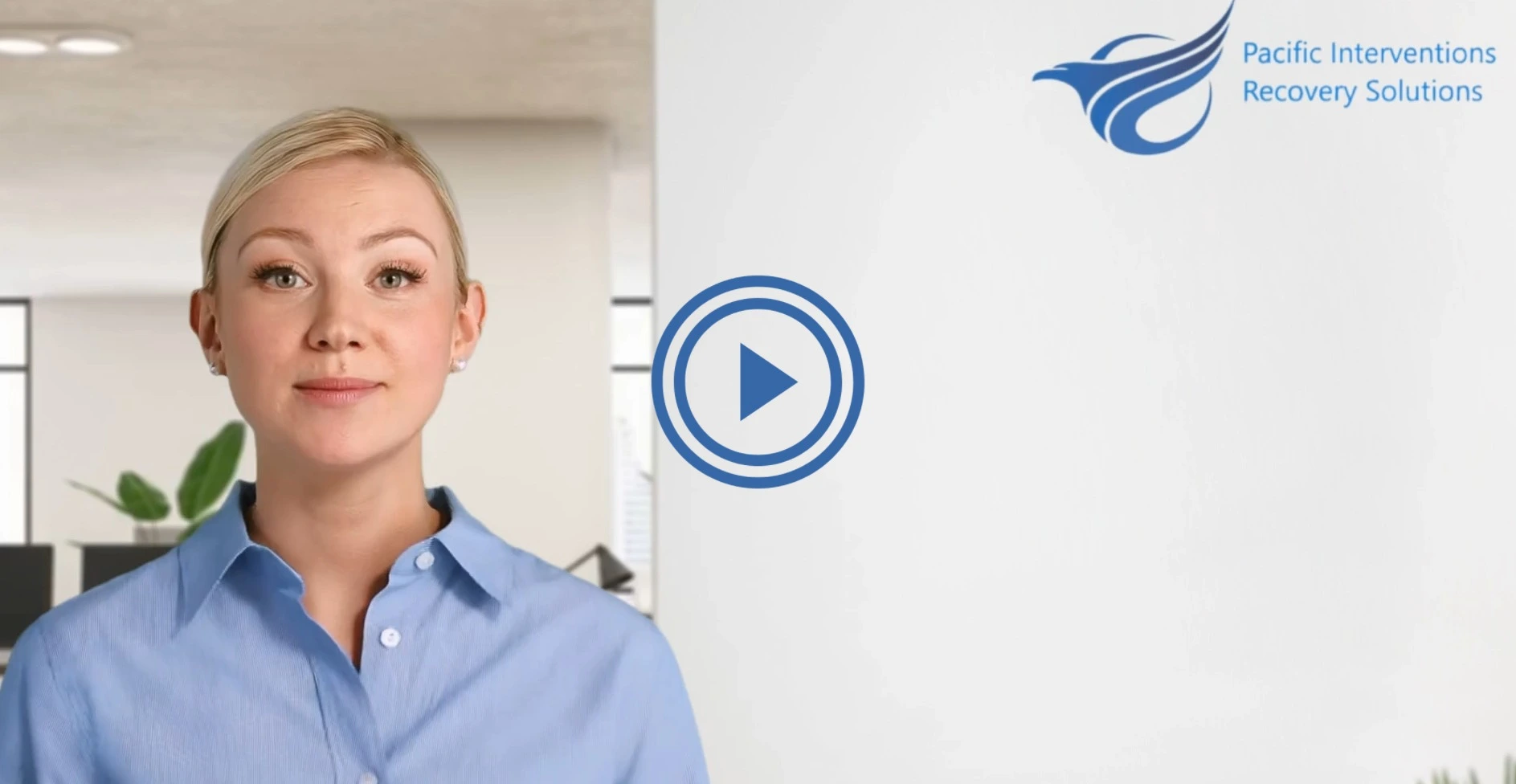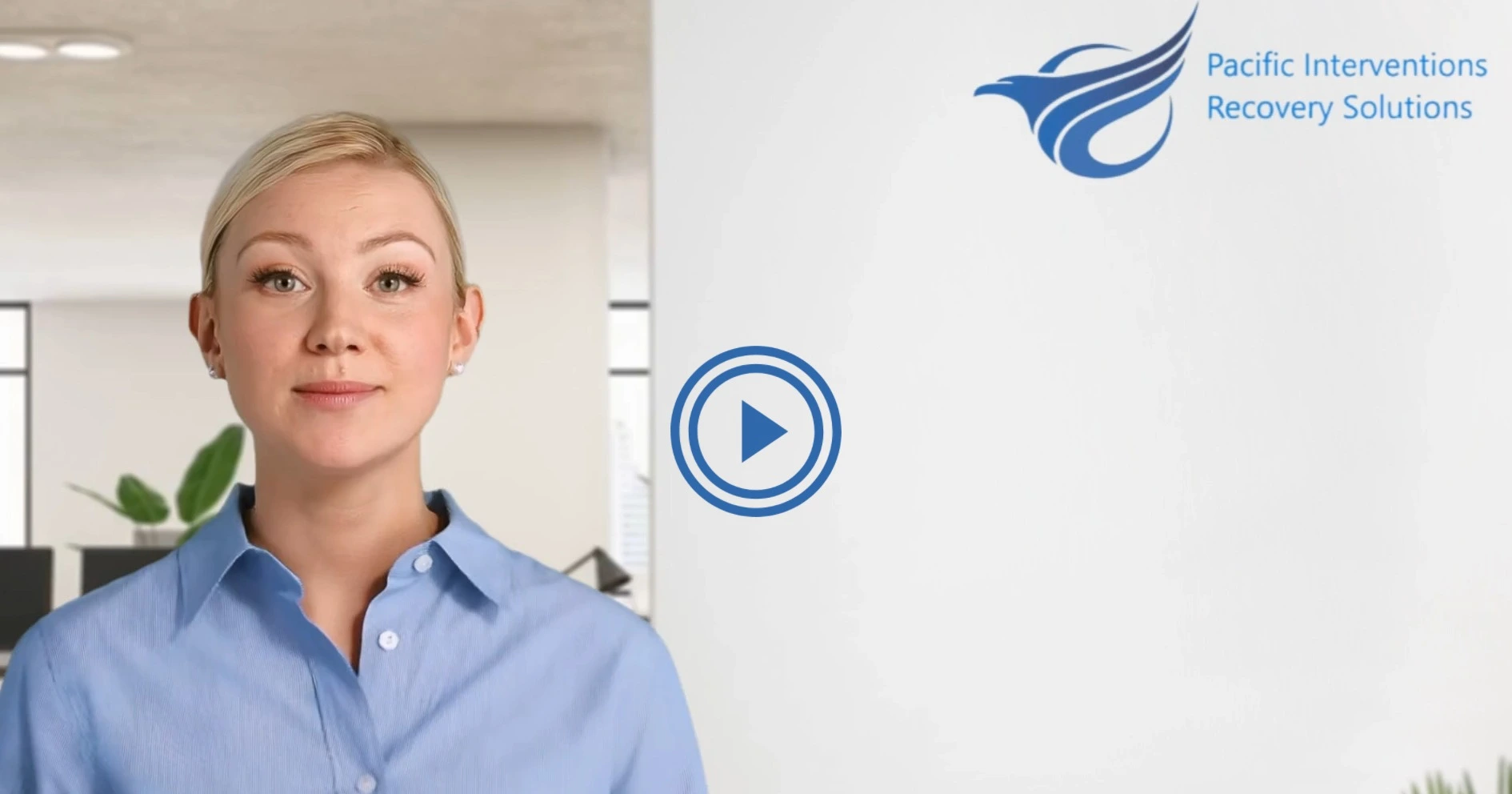It’s more or less a fact that for those who are addicted to opioids, opioid withdrawal can be a difficult journey. When does opioid withdrawal start? This question is crucial for those seeking to understand and manage the process of discontinuing opioid use.
Opioid withdrawal symptoms typically begin within 8 to 24 hours after the last dose, depending on the specific drug and individual factors. Recognizing the early signs and timeline of withdrawal is essential for effective opioid withdrawal assessment and management.
You should consider that opioid withdrawal involves various stages, each with its own set of symptoms and challenges. Withdrawal can be a challenging experience, from slight discomfort to more serious physical and mental effects. But it is possible to get through it with the right help and support. This article talks about when opioid withdrawal starts, what the most common symptoms are, and how to manage them.

Is Opioid Withdrawal Difficult?
Opioid detox is a very difficult process. It happens when people use opioid drugs like morphine, heroin, oxycontin, codeine, methadone, and hydromorphone for a long time. These substances are typically used to manage severe pain, but prolonged use can lead to an incapacitating form of dependence.
The withdrawal process begins when a person who is dependent on opioids suddenly reduces or stops taking them. Precipitated withdrawal can also occur when an opioid-dependent individual is given a partial opioid agonist, like buprenorphine with naloxone (suboxone) prior to withdrawal symptoms being fully present. Precipitated withdrawal symptoms are sudden and very intense.

Timeline of When Opioid Withdrawal Starts
When opioid withdrawal signs start depends on the kind of opioid that was used. Understanding this timeline is very important for people who want to get off opioids.
Short-acting opioids
For short-acting opioids like heroin, withdrawal symptoms typically begin 8–24 hours after the last use. These symptoms can last 4-10 days, with the intensity peaking within the first 24-48 hours.
Long-acting opioids
Long-acting opioids, such as methadone, have a different timeline. Withdrawal symptoms usually start 12-48 hours after the last dose and can persist for 10-20 days.
Important Note: Also, dosage and frequency of use, duration of opioid use, individual physiology, age, and mental health status can impact the severity and length of withdrawal symptoms. For instance, individuals with a more extended history of opioid use or those using higher doses may experience more intense and prolonged withdrawal. Additionally, a person’s age and overall health can affect how their body processes the withdrawal.

Early Key Signs and Symptoms
Recognizing the early warning signals of opioid withdrawal is critical for effective intervention and management. These effects usually appear between 8 and 24 hours following the last dose, depending on the type of opioid administered. The early stage of withdrawal is characterized by a variety of psychological, physical, and gastrointestinal symptoms.
Psychological Symptoms
Anxiety and agitation are two common psychological symptoms that emerge early in the withdrawal process. Individuals may feel restless, irritable, or have difficulty concentrating. Sleep issues, especially insomnia, are common at this stage.
Physical Symptoms
Physical discomfort is a sign of early opioid withdrawal. Muscle aches and tension are frequently reported. Increased tearing, a runny nose, and excessive sweating are also common. Many individuals experience frequent yawning and develop goosebumps.
Gastrointestinal symptoms
Gastrointestinal distress often begins in the early stages of withdrawal. Nausea is a prevalent symptom, sometimes accompanied by abdominal cramping. While not as severe as in later stages, these symptoms can cause significant discomfort.
It’s important to note that the intensity and duration of these symptoms can vary based on factors such as the type and the duration of opioids used and individual physiology.

Managing Opioid Withdrawal: The Best Methods
Managing opioid withdrawal is a critical step for individuals seeking recovery from opioid addiction. Understanding the symptoms and implementing effective strategies can significantly ease the withdrawal process and support long-term sobriety.
Medical Detoxification
Medical detoxification is the use of drugs to alleviate the severity of withdrawal symptoms. This approach is supervised by healthcare professionals with the goal of properly transitioning patients to opioid use disorder medication. Opioid agonists such as methadone and suboxone are employed, as are alpha-2 adrenergic agonists like clonidine and lofexidine.
Medication-assisted Treatment
Medication-assisted therapy (MAT) is a popular method for managing opiate withdrawal. Methadone, a synthetic opioid agonist, has been used successfully for more than four decades. It relieves withdrawal symptoms and drug cravings without causing euphoria.
Similarly, suboxone, a partial opioid agonist, is effective and can be given by a trained physician, increasing access to treatment. Suboxone is a combination buprenorphine and naloxone. The naloxone is added to buprenorphine to stop it from being injected.
Supportive Care
Supportive treatment is critical during opioid withdrawal. Patients should drink 2-3 liters of fluid each day to replace those lost from sweating and diarrhea. Vitamin B and C pills are also recommended. Symptomatic treatments, such as nausea and pain relievers, can help manage moderate withdrawal symptoms. Regular monitoring of symptoms using tools like the Short Opioid Withdrawal Scale (SOWS) is necessary for effective therapy.
In Closing
Opioid withdrawal is a hard process that needs to be done with care, understanding, and support. When and how bad the effects are depends on things like the type of opioid used, how long it was used, and the person’s body. To solve the problem effectively, you need to be able to recognize early signs and know when to start withdrawal.
People can get through this tough process more easily if they take the right steps, such as medical detoxification and medication-assisted care. It’s not easy to get over opioid addiction, but it is possible with the right help and tools.
Long-term opioid replacement therapy, which includes drugs like methadone or suboxone, has been shown to help with withdrawal symptoms and urges. People have the best chance of beating opioid addiction and starting a new chapter in their lives if they get these treatments along with supportive care and ongoing tracking.
FAQs
1. How long does it take for withdrawal symptoms to start?
Withdrawal symptoms typically begin within 8 to 24 hours after the last dose of short-acting opioids, such as heroin. For long-acting opioids, like methadone, symptoms usually start 12 to 48 hours after the last dose.
2. What is one of the first signs of withdrawal?
One of the first signs of opioid withdrawal is psychological symptoms, particularly anxiety, and agitation. These can manifest as restlessness, irritability, and difficulty concentrating.
3. What is the withdrawal period for drugs?
The withdrawal period varies depending on the type of opioid used. For short-acting opioids, withdrawal symptoms can last 4 to 10 days, while for long-acting opioids, symptoms may persist for 10 to 20 days. The intensity of symptoms can peak within the first 24 to 48 hours after cessation.





